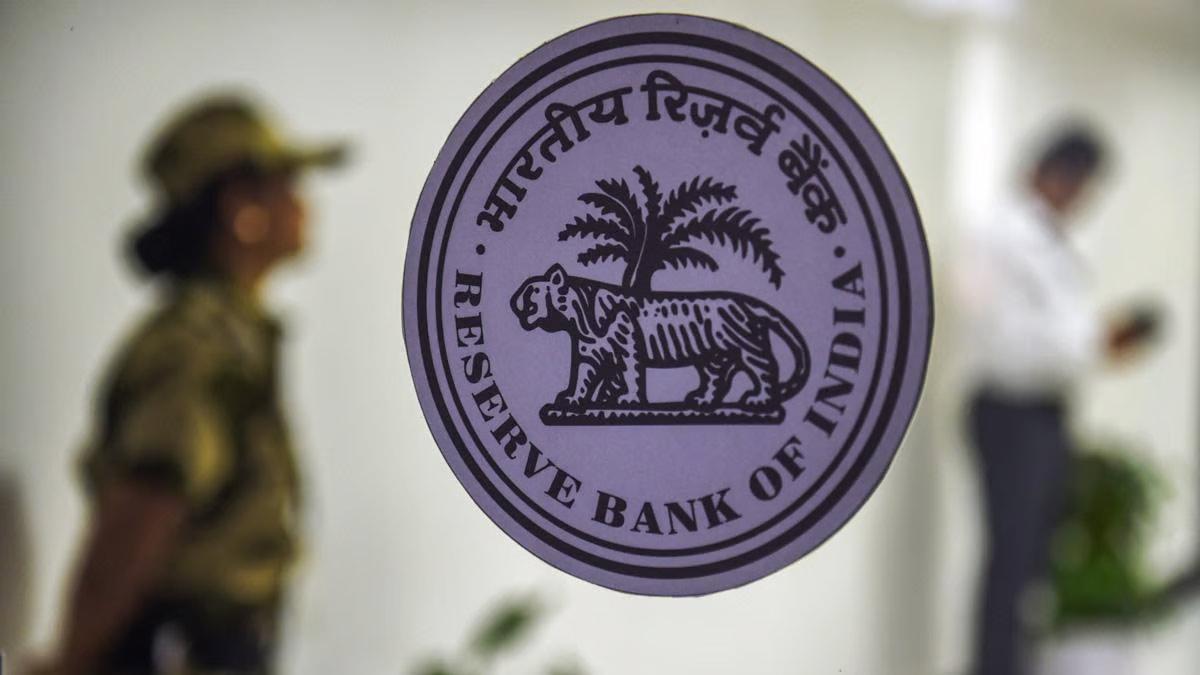A United Nations report has pointed out that the developing economies, led by India and China, witnessed higher-than-average trade growth in the fourth quarter of 2024. It also warned of "potential for an economic slowdown" globally in the next few quarters.
The most recent Global Trade Update by the United Nations Conference on Trade and Development (UNCTAD), using data through early March, reported that international trade increased by around $1.2 trillion in 2024 to a total of $33 trillion. This growth was led mainly by a 9% increase in trade in services and a 2% increase in trade in goods.
Developing countries, especially China and India, recorded more than average trade growth, while most developed countries recorded trade contractions," the report said.
India and China experienced increased trade momentum in the last quarter of 2024, as the United States took center stage driving world trade.
Patterns in Merchandise Trade
Merchandise trade trends diverged across large economies during Q4 2024. China and India sustained their growth path, especially exports. In contrast, South Korea experienced deceleration in export growth, even though it posted the highest yearly growth rate among large economies.
However, the United States witnessed positive growth in imports, but export growth became negative. Japan, Russia, South Africa, and the European Union witnessed falls in quarterly as well as yearly import growth.
The report outlined India's performance by citing that goods imports increased by 8% quarter-on-quarter and by 6% year-on-year in Q4 2024. On the other hand, goods exports increased by 7% quarter-on-quarter and by 2% year-on-year.
Growth in Services Trade
Despite a continued increase in services trade during Q4 2024, growth appeared to slow down compared to annual figures. This suggests that the upward trend in services trade may be stabilizing for most economies. However, India and South Africa maintained strong growth in services trade.
On a yearly basis, most significant developing economies registered double-digit increases in services trade, with the developed economies posting high activity in the sector too.
For India, the report noted a 7% rise in quarterly imports of services during Q4 2024 and 10% yearly increase. Services exports went up by 3% for the quarter and 10% for the year.
Widening Trade Imbalances
During 2024, imbalances in global trade intensified mainly as a result of the widening United States and China's rising surplus, driven by strong exports and firm demand.
In the future, there are new issues on the horizon, such as geopolitical tensions, trade policy changes, and mounting trade imbalances.
The report mentioned that while trade is steady as it goes into 2025, growing economic tensions, protectionism, and trade disputes have the potential to disturb world trade flows.
Signs of a Possible Slowdown
The update cautioned that already in early 2025, demand for container shipping has slowed down, as indicated by a steep decline in the Shanghai Containerized Freight Index (SCFI).
While this fall implies cheaper shipping prices, it also points to less global demand for raw materials and finished goods. A falling SCFI usually heralds weaker trade volumes and sluggish global economic activity.
Likewise, the Baltic Dry Index, which measures shipping costs for bulk commodities such as coal, iron ore, and grain, is still relatively low compared to 2024 levels.
"This could also indicate an upcoming contraction in international trade and diminished economic activity, as diminished demand for bulk shipping is generally coupled with weaker industrial production and lower growth in key sectors," the report said.
Uncertain Global Trade Outlook for 2025
Looking ahead to 2025, the global trade environment is likely to be very different. While global economic activity can be expected to continue at a modest rate, international trade is uncertain with risks of a decline.
The report cited changes in U.S. trade policy, increasing global trade imbalances, and persistent geopolitical tensions as key factors that could have a negative effect on trade growth.
Moreover, intensifying trade policy conflicts contribute to uncertainty over world trade in 2025. Still, certain factors of positivity—such as forecasted moderation of global inflation and China's fiscal stimulus measures (aiming for about 5% growth)—could partly help support trade.
Nonetheless, policy disruption might influence trade and financial stability, highlighting the imperative of balanced policy choices and intensified multilateral collaboration to maintain global trade and economic growth.
Increase in Protectionist Trade Policy
The report also witnessed an increasing trend of protectionist trade policies, where nations increasingly attach trade policies to objectives that are not trade-related.
This trend is witnessed through the imposition of broad tariffs against particular nations as well as selective tariffs against select products such as steel and aluminum.
"The disruptions wrought by these tariffs can trigger changes in production and sourcing behavior, as manufacturers and nations adapt to new trade restrictions and attempt to offset the expense of these tariffs."
With climate and national priorities informing trade and industrial policies, 2025 is likely to witness further trade-restrictive actions. Policies to promote the manufacturing of sustainable products and strategic minerals could restrain growth in international trade, particularly in strategic industries.
Read also| Indian Real Estate Developers Unlock ₹62,000 Crore Investment Opportunity: Report


















